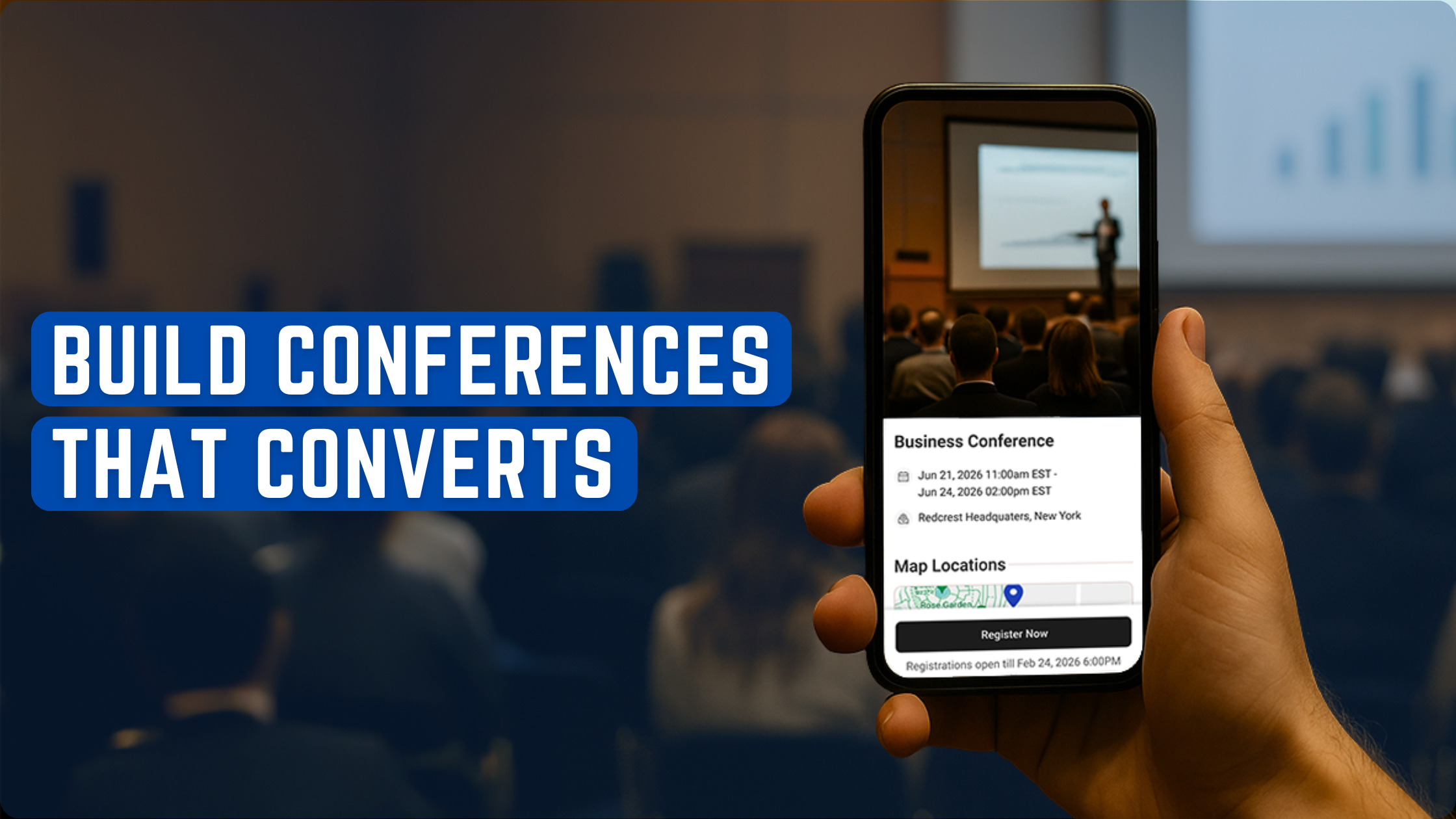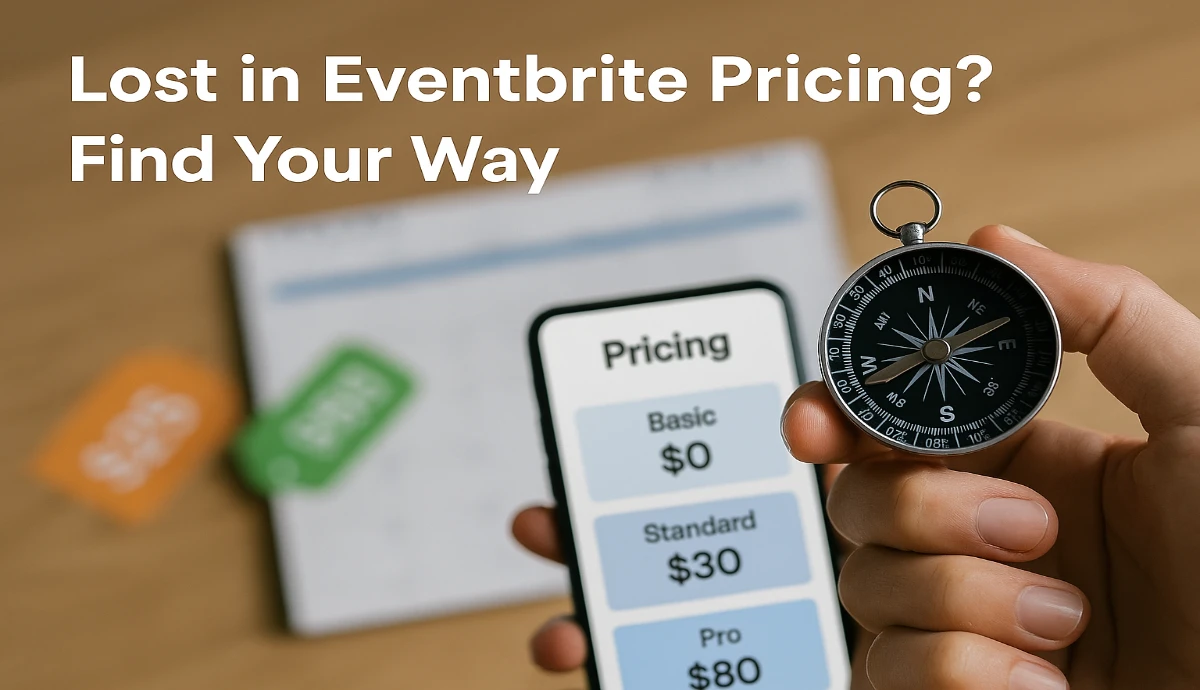To analyze user behavior data from a charity event, you need to have a clear understanding of the goals and objectives of the event. This will help you determine the right metrics to track and analyze. For example, if the goal is to raise funds, you may want to track the number of donations, the average donation amount, and the total amount raised. On the other hand, if the goal is to increase awareness, you may want to track the number of attendees, the engagement rate on social media, and the number of media mentions.
Once you have identified the metrics to track, you need to collect the data. There are several tools and platforms available that can help you collect user behavior data. For example, you can use Google Analytics to track website traffic and user behavior, or you can use social media analytics tools to track engagement and reach. It's important to ensure that you have the necessary permissions and consents in place to collect and use this data.
After you have collected the data, you need to analyze it to gain insights into user behavior. This can help you identify areas of success and areas for improvement. For example, if you find that most donations were made through social media, you may want to focus your efforts on promoting the event on these channels. Alternatively, if you find that there was low engagement on certain activities, you may want to re-evaluate these activities and make changes for future events.
Understanding User Behavior Data
When it comes to analyzing user behavior data from a charity event, there are a few key things to keep in mind. Understanding the different types of data that you can collect, as well as the importance of analyzing that data, can help you make the most of your event and improve your results.
Types of User Behavior Data
There are several different types of user behavior data that you can collect during a charity event. Some of the most common types include:
- Demographic data: This includes information about the age, gender, location, and other characteristics of the people who attend your event.
- Engagement data: This includes information about how people interact with your event, such as which activities they participate in, how long they stay, and how often they return.
- Donation data: This includes information about the amount and frequency of donations that you receive during your event.
Collecting and analyzing these different types of data can help you identify patterns and trends in user behavior, which can in turn help you make more informed decisions about how to plan and execute future charity events.
Importance of User Behavior Analysis
Analyzing user behavior data is essential for improving the effectiveness of your charity event. By understanding how people interact with your event, you can identify areas where you may be able to improve and make changes that can help you achieve better results.
For example, if you notice that a particular activity is very popular with attendees, you may want to consider expanding that activity or offering similar activities in the future. Similarly, if you notice that a certain demographic group is particularly responsive to your event, you may want to focus more of your marketing efforts on that group in the future.
Overall, analyzing user behavior data can help you make more informed decisions about how to plan and execute your charity event, which can ultimately lead to better results and a more successful event.
Analytical Methods and Tools
To analyze user behavior data from a charity event, you will need to use a variety of analytical methods and tools. These will help you to gain insights into attendee behavior, preferences, and engagement levels. Here are some of the most effective methods and tools for analyzing user behavior data:
Quantitative Analysis Techniques
Quantitative analysis techniques involve using statistical methods to analyze numerical data. This can be useful for identifying patterns, trends, and correlations in attendee behavior data. Some of the most common quantitative analysis techniques include:
- Descriptive statistics: This involves calculating summary statistics such as mean, median, and standard deviation to describe the distribution of data.
- Inferential statistics: This involves using statistical tests to make inferences about a population based on a sample of data.
- Regression analysis: This involves modeling the relationship between two or more variables to identify factors that influence attendee behavior.
Qualitative Analysis Techniques
Qualitative analysis techniques involve analyzing non-numerical data such as text, images, and video. This can be useful for gaining a deeper understanding of attendee behavior and motivations. Some of the most common qualitative analysis techniques include:
- Content analysis: This involves analyzing text data to identify themes and patterns in attendee feedback and comments.
- Discourse analysis: This involves analyzing language use to gain insights into attendee attitudes and beliefs.
- Ethnography: This involves observing attendee behavior in situ to gain a holistic understanding of their experiences.
Data Visualization Tools
Data visualization tools can be used to create visual representations of attendee behavior data. This can make it easier to identify patterns and trends in the data. Some of the most common data visualization tools include:
- Charts and graphs: These can be used to display numerical data in a visual format.
- Heatmaps: These can be used to visualize attendee engagement levels on different areas of the event site.
- Network diagrams: These can be used to visualize the relationships between attendees and the event.
Related Posts:
- Streamlined Ticket Validation with the Ticket Generator
- Create Memorable Events with Ticket Templates
- Send Custom Tickets Seamlessly with the Ticket Generator
- Generating Event Insights Made Easy
As a conclusion, Ticket Generator is a great tool for creating custom tickets, validating tickets with QR codes, and analyzing event insights. With their free templates and ticket sharing options, it's easy to create a memorable experience for attendees. Plus, they offer 10 free tickets after sign-up, making it a great option for charity events.
Conclusion
In conclusion, analyzing user behavior data from a charity event can help you understand your audience better and improve your fundraising efforts. By setting clear goals and tracking relevant metrics, you can identify areas where you can improve user engagement and increase donations.
One effective way to analyze user behavior data is by using funnel analysis. This allows you to track the steps users take when donating and identify where they drop off. By optimizing these steps and reducing friction, you can increase the conversion rate and generate more donations.
Another useful technique is user segmentation. This involves dividing your audience into different groups based on their behavior, demographics, or other characteristics. By understanding the unique needs and preferences of each segment, you can tailor your messaging and fundraising strategies to better resonate with them.
Finally, it's important to use data visualization tools to help you make sense of the data and communicate your findings effectively. This can include charts, graphs, and tables that highlight key trends and insights.
Overall, analyzing user behavior data is a powerful way to improve your charity event and make a bigger impact. By following the steps outlined in this article, you can gain a better understanding of your audience and make data-driven decisions to drive success.






.gif)





